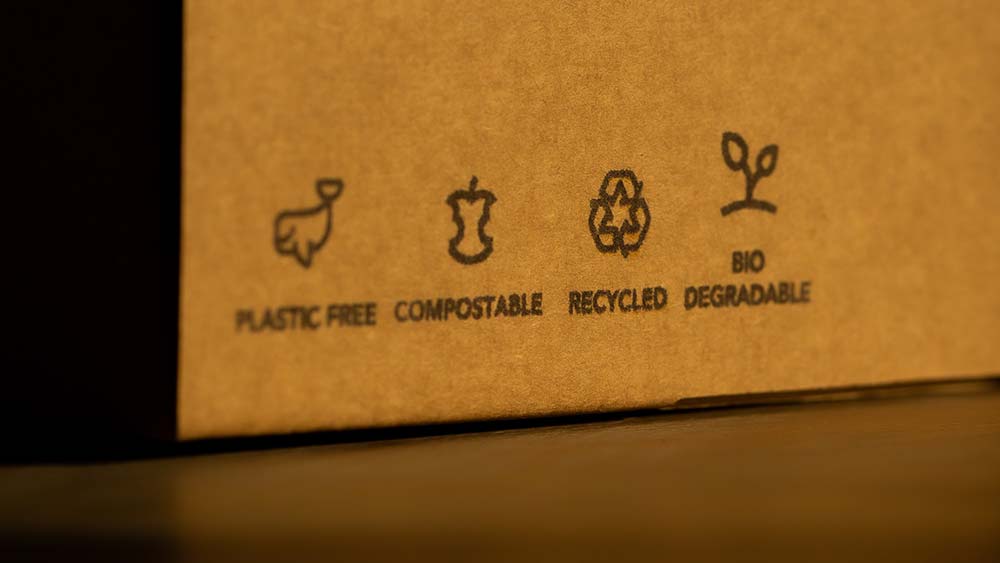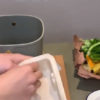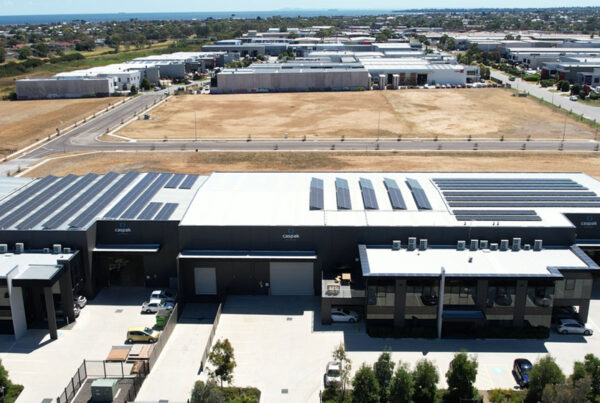
Most people in the packaging and food service industry will be familiar with the 2025 National Packaging Targets (NPT), established in 2018 with APCO appointed to oversee their delivery.
Packaging waste is a significant problem globally but, just in Australia, 5.5 million tons of packaging material is produced annually to store and transport products in the marketplace. Of that, 88% is recyclable but only 49% is recovered for reuse into other products. The NPTs are designed to change both the materials used in packaging and what happens to it at end of life.
The targets to reach by 2025 are that:
- 100% of all packaging is reusable, recyclable or compostable
- 70% of plastic packaging is recycled or composted
- 50% of packaging will include recycled content
- Problematic and unnecessary single use plastic packaging will be phased out
These targets apply to packaging across all sectors and are an important aspect of Australia implementing a circular economy for our packaging and reducing our collective negative impact on the planet.
With the target for recycled content having been revised up from 30% to 50% following a 2019 analysis showing we have already achieved 35%, and having achieved 89% of the reusable, recyclable or compostable target, progress towards these targets is tracking well. But some areas will be more challenging to accomplish.
Of the 50% of packaging being made from post-consumer recycled content the NPTs have identified that soft plastics must be made from 10% recycled product. Many shelf-life products are constructed from soft plastics. They are a lightweight and more compact alternative to glass and cans, which reduces CO2 emissions. And their high-barrier qualities extend shelf-life, leading to a reduction in food waste. Whilst we continue to innovate and research alternatives that can be produced at scale, they remain a necessary part of the shelf-life food industry.
For the food production industry and those companies that service it, the ability to meet the 10% recycled content in soft plastics will be determined by the recycled materials that can be made available. Food safety and packaging strength, both of which are crucial to maintaining shelf-life, require certain polymers to create packaging that meets all the requirements of processing and manufacture. For us to reach this target we will need much better infrastructure for collection and sorting.
When it comes to recycling soft plastics, the current biggest issue is that these materials have the lowest rate of recycling out of any packaging type. Whilst some of this issue rests with manufacturers and suppliers, who are working hard to create products that are fit for purpose and that can be recycled, such as our Recyclable Pouch, the main barriers to recycling soft plastics are a lack of consumer awareness as well as misinformation around what happens to the waste, and available infrastructure for collection.
In addition, the markets for the products that are created from recycled soft plastics need to grow considerably to pull through demand for the ‘raw’ material needed in production. Much of the solution to this rests with governments and councils who can lead the charge by giving preference during their procurement process to items such as park benches, garden edging and building materials that are manufactured from recycled soft plastics. In addition, by focusing investment into kerbside collection of recyclable soft plastics, much more of this packaging could be saved from going into landfill.
But what can be done right now, without any change to infrastructure, is to embark on a significant consumer education program that easily shows people how, what and where to recycle different packaging. By increasing consumer awareness of the importance and significance of simply storing your soft plastics and taking them back to the store when you next shop, we can start to move the dial on how much of this packaging is recycled into useful products with longevity.








